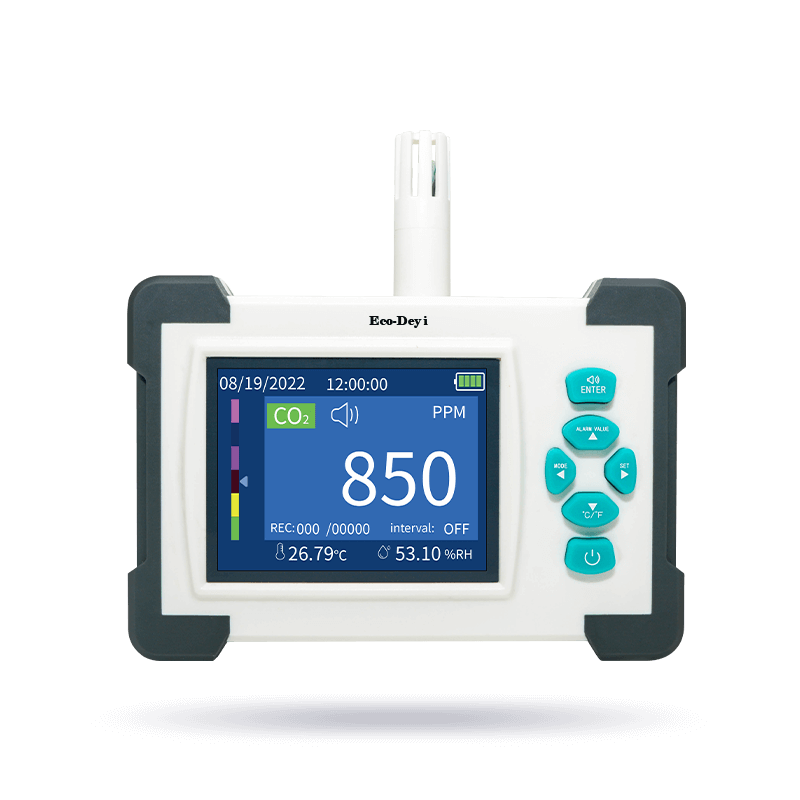What is a dust particle counter used for?
Fine particles: what are they, and how large are those particles? Before we discuss fine particle counters, it is important to understand what really constitutes a fine particle, and how large are those particles.
Dust particle is a collection of microscopic substances suspended in the air in different sizes, which may reach a maximum size of 10 micrometers. The major causes for these particles are traffic, humans, and industries. A particle counter is thus the instrument used for measuring the amount of these particles and its value is expressed as particulate matter, or PM. A higher concentration of dust particles increases the risk of health problems.

Related: Learn about the effects of dust particles on your lungs.
Dust particle counters are among the devices used for improving air quality. In fact, they are tools to measure particle concentrations in air. Otherwise known as particle-counting detectors, like PM2.5 and PM10, the device is mostly used for measuring the smallest particles. This device is highly useful to get a snapshot assessment of the air quality, providing the presence of microscopic particles as well as analyzing their concentrations of them within a closed environment, like in a factory or an office, but they are also used in the industrial development and research like the Clean Room
How does the particle meter work?
As for how the device works, it is based on Laser detection, which is a technique that involves counting tiny particles of dust within an enclosed environment. The more fine particles in the room, the more contaminated it is. Knowing that ultrafine particles are detrimental for health, it is thus considered unhealthy for a room that is saturated with fine particles.
Are you planning on buying a particle analyzer? Read on to see how to choose a satisfactory particle meter.
How to choose a dust particle counter?
Particle counters come in different types. TC-8200 dust particle counter is used for counting particle concentrations in a given volume of air and it has the role of analyzing particles in real-time, as well as saving data to software.
You must be aware that every counter has its own regulatory requirements, and everyone has its ISO calibration certificate. Recalibration, though, is an option, but it differs according to the QA specifications, and there is a further fee for calibration.
In choosing a particle counter, it is essential that you carefully analyze the characteristics. Above all, a good device should display great precision in its measurements. An excellent particle counter must also provide easy operation. Therefore, it is essential to go for counters that have values that are easily deciphered on the screen.
Finally, it is advisable to prefer devices that provide mobility, that is to say portable devices.You can easily take it where you need it. Another benefit of this kind of equipment is it requires very little technical knowledge. You can also measure how effective an air cleaner, air cleaner, or extractor system is.
Imagine that you have an air purifier in your house, and your home’s particle counter indicates the number of tiny particles is too high in a room. Then, you know your current air purifier is not filtering the fine particles of dust as well as it should.
Conclusion
Buying a fine particle counter for your home is a good way to gauge your indoor environment. Based on your measurements, you can make improvements in your homes air quality. A professional particle measuring device can also provide a review of fine particle levels at the workplace. For instance, is it necessary to have an air cleaner in place to remove fine particles from your workspace.
If you are planning on getting a dust particle meter, feel free to get in touch with an experienced sales on this website: https://www.ecodeyi.com/dust-particle-counter/









